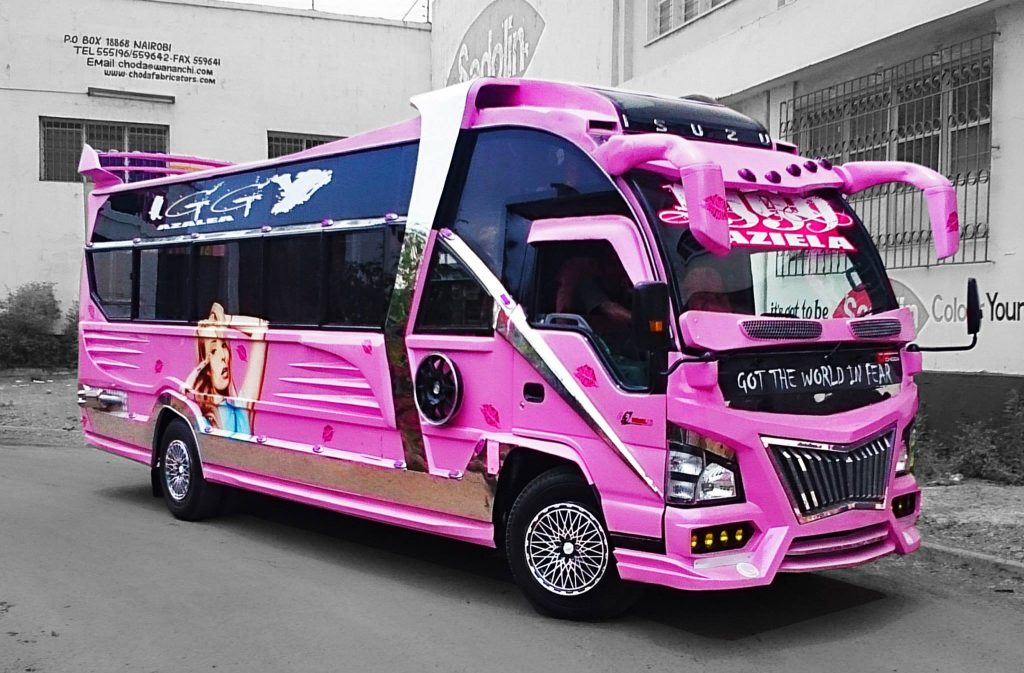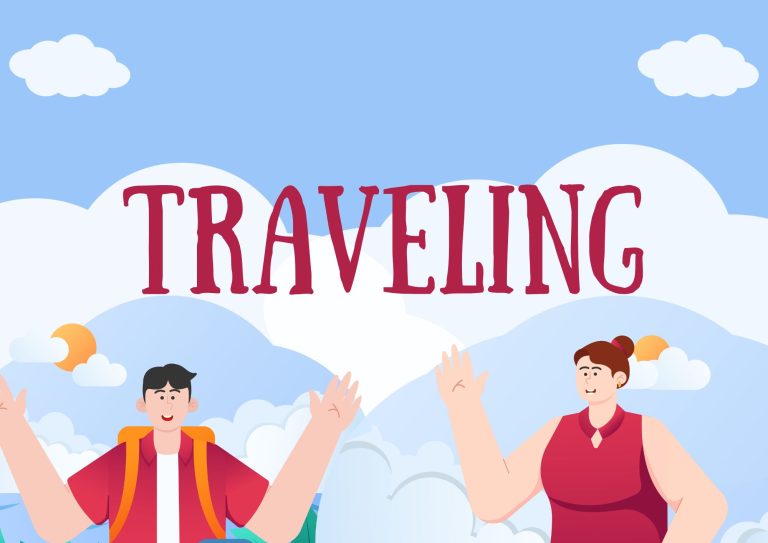Travelling is moving or going from one place or point to another by car, train, plane, or ship. A person who travels is often referred to as a traveler or a tourist.
What are the different ways through which people travel?
Modes of transport are the different ways in which anything can be transported. They are road transport, railways, air transport, and water transport.

What are the main purposes of travelling?
- To discover something new, to be inspired by attractiveness, to use my taste buds, to test something new. It is always nice to spend time with different people and have new and exciting experiences with friends and family members.
- To clear our minds to by taking a break from the daily duties, stress and tasks that are a part of our daily lives. It encourages us to disconnect from our phones, laptops, social media, etc. so that we reconnect (with ourselves, each other, and the natural environment).
- To meet with different people and see how people from different eras lived. These real-life interactions make us understand that we should accept and appreciate diversity. It also provides us with appreciation, knowledge, and recognition of diverse perspectives and experiences.
- To gain knowledge about places, people, food, migration, languages, flora and fauna, various terrains and climate, languages and ways of life and much more. You’ll discover what a place is all about by catching glimpses of its wildlife, through food, and also get to know yourself and others in this process.
- Not only does travel make us humble but also it educates us on tolerance, flexibility, and open-mindedness. We understand and respect how people live their lives. We also come to value and appreciate all those things which we seem to never even realize exist in our lives.
- To get lost in the crowd to have a chance to be a stranger in the new places one has never been before. It lets us be whoever we want to be. Also, it and grants us the ultimate liberty to experience life as it unfolds before us.
How to travel – Travelling step by step
1. List your dream destinations and experiences. Make a list of where you want to go, experiences you’d wish to have, like a river cruise, and certain cultures you want to explore.
2. Research each location on the basis of factors like the time that will be spent there, restrictions on the visa, and safety concerns. Internet travel guides, forums, social networks, and travel blogs can offer you a lot of information, tips, and suggestions to enhance your trip.
3. Budget and Trip Duration: Develop a detailed budget that outlines the approximate expenditures expected on each aspect of the trip. In detail, list out all probable costs including the cost of transits, accommodation, meals, tours, and shopping.
The duration of the vacation will also affect your expenses. If you choose to stay for a longer period of time, the amount you’re going to spend will be higher. Track your expenditures.
You will have to be strategic to ensure that you get the experiences you want while not going over your budget.
4. Schedule dates for your vacation once you have a location and budget. Plan to go on vacation while other people are working or in school. The beaches and parks are not crowded during these times. Thus, you will spend less money. This is because the prices are relatively low during such periods and you will be able to save money.
5. Choose the mode of transportation and accommodations after you’ve chosen a date. Select travelling options by analysing and comparing prices, for example in flights. It is worth evaluating the travel times and schedules to find out what would fit best within the trip. Arrange for transportation once you reach your destination through car rental services or public transport or through local tours companies.
Choose safe, convenient places to stay. Seek hostels just in case you are still short on cash. Otherwise consider renting a hotel room or a vacation home. Do not forget to look at the prices before making a reservation.
If possible, it is usually advisable to have the more flexible travel dates since flights and accommodations are cheaper during certain days of the week or during certain months.
6. Make a precise itinerary for your trip. Defining things and events; for example, visiting attractions that are must see. Add addresses, phone numbers, and operating hours for sights and activities to that list. Adopt a structured timetable but do not plan too much for the day. Always plan for a rainy day or an unforeseen event.
7. Pack your luggage, documentation (passport and visa), and insurance.
Make a check list of things that you are suppose to take with you to avoid forgetting them such as clothes, bathing essentials, and first aid essentials for your trip. Additionally, install travel-related applications that ease your trip, including; maps, translators, or currencies applications.
8. Research local customs. Learn some local expressions and cultural norms, including how to dispose of household waste. Beware of and respect the local people and their environments.
Conclusion
Travelling is about visiting new places and attractions. It’s also a holiday activity which offers people a chance for recreation and to discover new cultures, learn something, and have fun. This is why a step by step process from listing down places to visit, researching, creating a budget, timeline and packing list can make the trip as seamless as possible. The vast options of transportation and the reasons for travelling make our lives more vibrant and enhance our visions. Therefore, just grab your luggage, close your eyes, and let the winds guide you to an unforgettable journey of self-realization and thrill.


